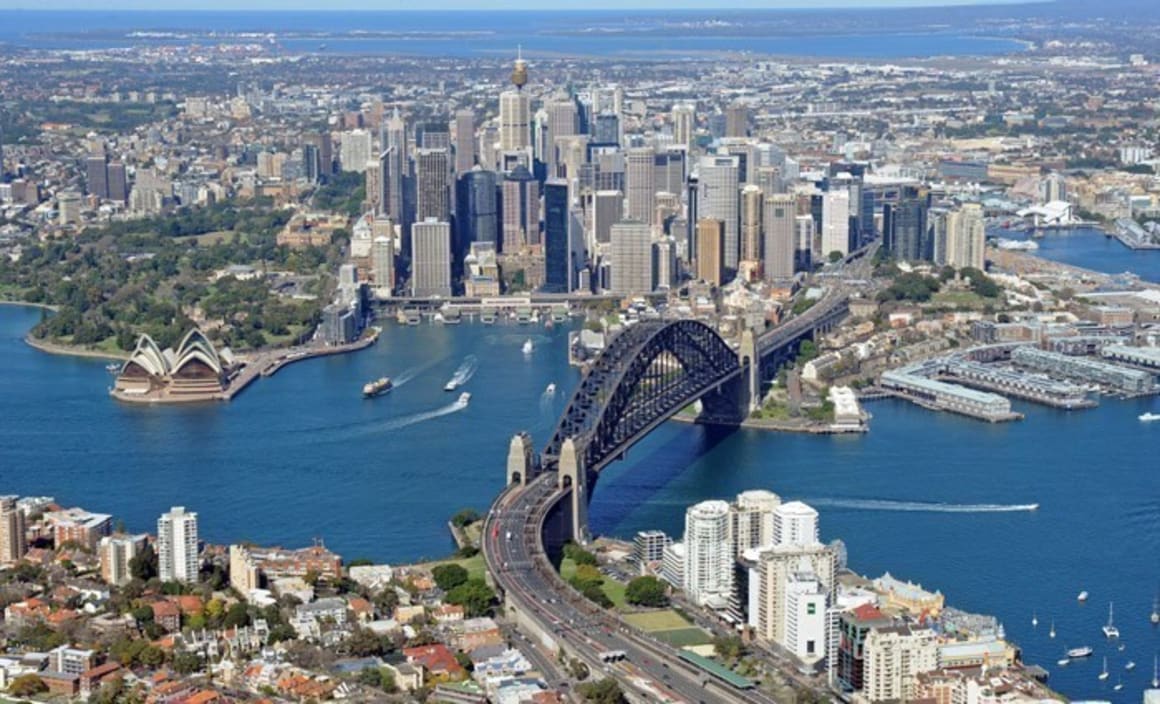Understanding Sydney’s inner-city neighbourhoods: Peter Chittenden

I have noticed that over the last few years there’s been a bit of trend towards marketing that I feel is starting to look somewhat predictable, even tired and humdrum, in both style and content.
This is not to suggest the content is wrong, but I wonder if the strength of the market has caused some marketing to be more template driven, with not enough effort focused on the core demographic in the various and I suggest very diverse markets. You see similar trends in other industries where for example both major supermarket brands tend to drive the same message across what must be very different markets. Then recently among the supermarkets we have seen one new player take a very different approach, and they are picking away at the market share of the two majors.
To help demonstrate my thinking I have had a look at some of the key demographics across the City of Sydney, the South-East and parts of the inner west, all very popular areas for medium and high-density living, but with some very individual demographics. Then when the differences are highlighted I think it’s good to ask if our marketing is on target, because there’s possibly more room to be particular.
Some Key Differences
One starting point, and one where there’s a very clear measure relates to income levels, and as might be expected in a market like the City of Sydney, there’s a big range of incomes. The areas of the city with the highest incomes are firstly centred on King Street where the median household income is around $106,000 followed by the core CBD with $102,000, and both these figures are well in excess of the metro median for Sydney.
While at the other end of the scale we have Chinatown and the CBD South at $61,500 and Redfern at $63,500, which are both well below the metro median, and I have to admit I was surprised by the figures for Chinatown. Then when looking more closely another fact in this area is the very big number of students, at almost double the average of other LGA areas. This has an impact on the buyer profile and would lead to a stronger investor market. This would normally be a key factor in marketing to this target.
Growth Potential
Incomes are a revealing pointer and another interesting measure is the potential for average population growth, because this would be a key factor in looking at values directly aligned to the potential for new supply. In this area we also find some contrasting results, this is a direct reflection of the maturity of particular sub-markets across the City.
The area with the lowest growth forecast at just 0.40% is the Macleay Street precinct and Woolloomooloo – this is not a surprise given how very limited sites are here and also how mature the market is with some pockets of high density living dating back to the 1930’s and so this is a very tightly held, high demand and low supply market.
Green Square and City South are by direct contrast areas expecting a lot of new supply and growth is forecast at 5.10%, which looks conservative, but that figure sets the tone of the area, and would influence all marketing and product development and would also impact price expectations and the potential for price growth.
Which brings me to one final area where it’s very useful to look at the population demographics and the big impact that has on how a project might be received, and I think it worth making the remark that markets are always evolving, but I’ll come back to this point.
Firstly I wanted to look at population density and what a leading indicator those figures are, in particular in areas where sites are being re-developed or in areas that were former industrial and manufacturing sites, like Sydney’s inner-east and south-east. Here we can see that there are groups of areas where density is high and well above 100 persons/hectare and this includes Elizabeth Bay, Rushcutters Bay, Redfern, Pyrmont, Haymarket, Darlinghurst and Newtown just sneaking in but set for more growth.
At the other end of the scale Alexandria and Rosebery sit well below the above figures at just 20.01 and 39.02 persons/hectare which aligns to the growth expected in both areas over the next few years, so lots of opportunity for new supply. There are a few other areas like The Rocks and Centennial Park with low figures, but these are not typical markets, while an area like Paddington is also low, but given it’s unique history and conservation needs future supply looks very limited.
Diversity
To help illustrate this topic I wanted to use a sample of demographics to help explore the diversity of our many markets and show how they signpost the evolving nature of each and very different targets. And while markets change we need to keep abreast of how we promote each area and now with the use of digital content this can be very uncomplicated and highly efficient. However the way figures always vary I think that making a big effort to engage our buyers is a first-rate idea.
Peter Chittenden is managing director for residential of Colliers International. He can be contacted here.